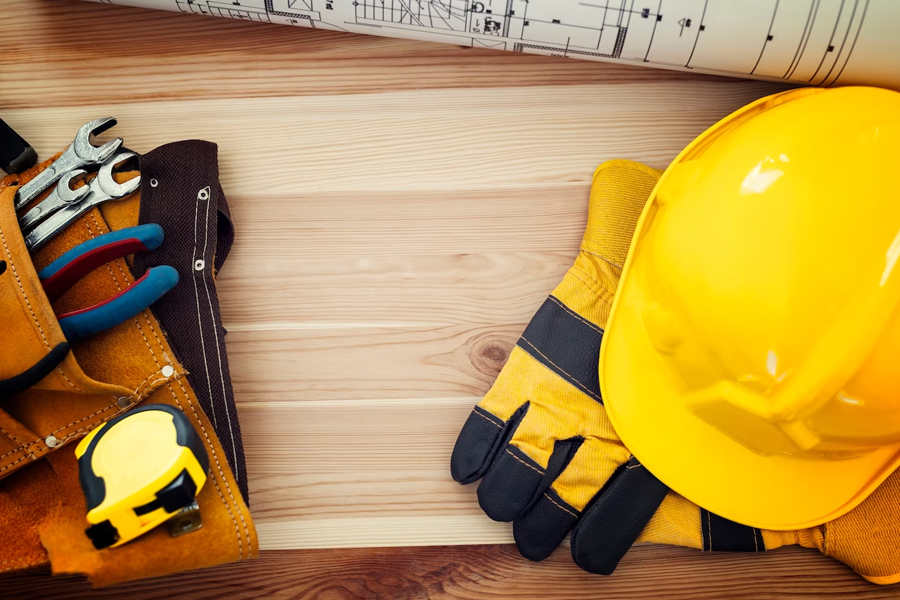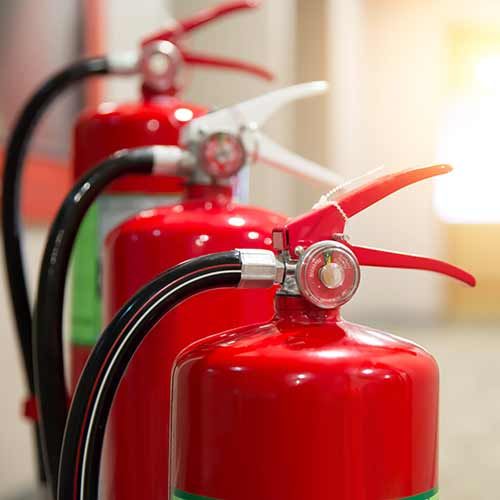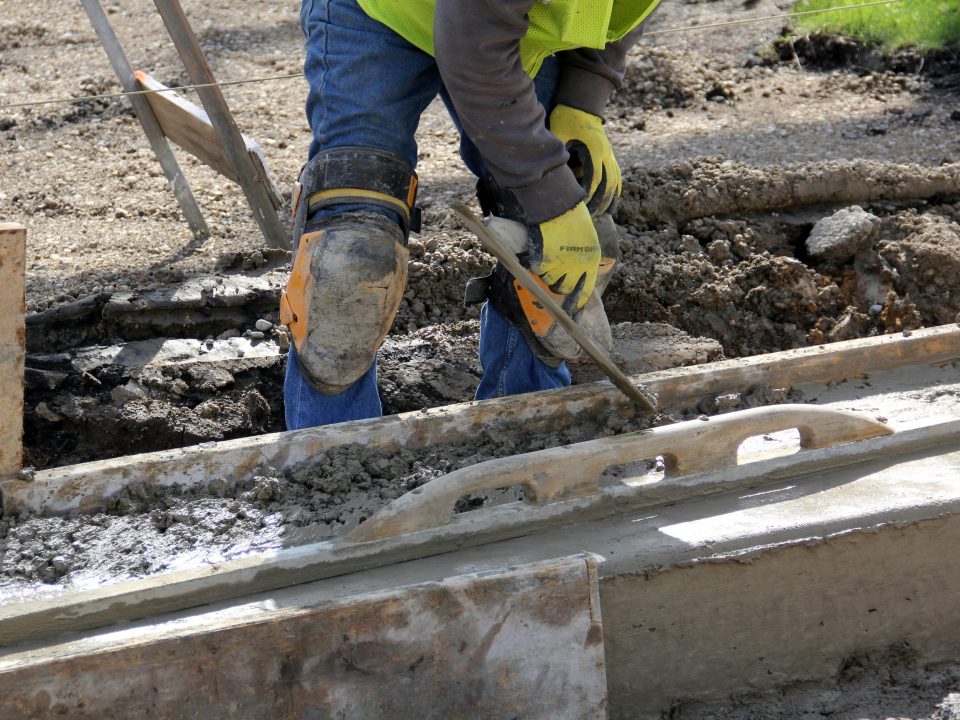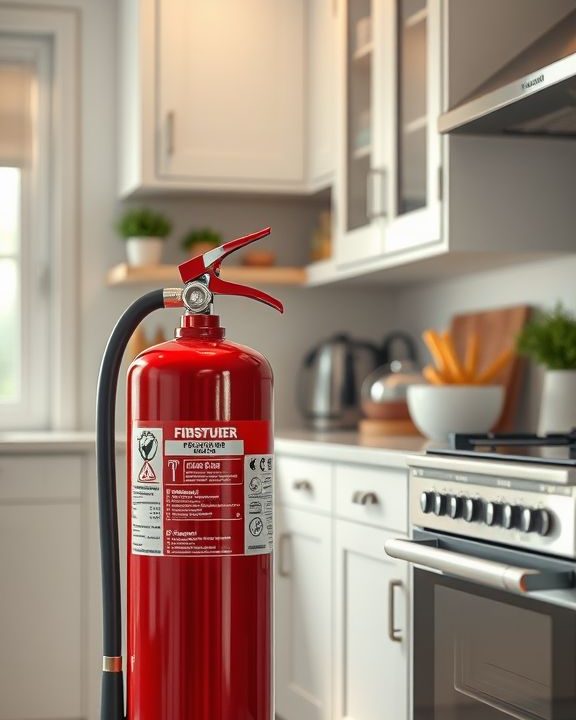Choosing the Right Head Protection Gear for Maximum Safety

Understanding Fall Protection Equipment: Essential Safety Measures for Elevated Work Environments
July 19, 2024
Guide to Facial Protection: Choosing the Right Gear
August 29, 2024Welcome to our ultimate guide on head protection equipment! In today’s fast-paced world, where safety is a top priority, choosing the right head safety gear can be a game-changer. Whether you’re on a bustling construction site, working in a factory, or involved in any high-risk activity, protecting your head is non-negotiable.
Essential Takeaways
- Head Protection is Crucial: Proper head safety is essential for preventing serious injuries and ensuring safety in hazardous environments. Always choose equipment that meets industry standards and addresses the specific risks of your job.
- Consider Comfort and Fit: Comfort and fit are critical factors in ensuring that this equipment is worn consistently. Look for features like adjustable straps, padding, and ventilation to improve comfort during extended wear.
- Stay Updated with Innovations: The future of headwear protection gear includes advancements like smart helmets and new materials. Stay informed about the latest innovations to enhance safety and incorporate new technologies into your safety programs.
In this post, we’ll dive into everything you need to know about headwear safety gear. We’ll explore different types, key features, and how to select the right gear to keep you safe. So, grab a cup of coffee and let’s get started!
Understanding the Importance
Why Head Protection is Essential
Head safety isn’t just a box to check off on a safety list—it’s a crucial component of your overall safety strategy. The head is one of the most vulnerable parts of our body, and an injury to this area can have serious, sometimes life-altering, consequences.
From minor bumps to severe impacts, head injuries can range from simple bruises to traumatic brain injuries (TBIs). The purpose of headwear protection gear is to absorb and distribute the force of impacts, preventing or minimizing injuries.
Let’s Consider This
A hard hat may seem bulky or cumbersome, but it’s designed to protect you from falling objects, impacts, and electrical hazards. In many industries, the right head protection can mean the difference between going home safely and dealing with a serious injury. So, don’t underestimate the importance of wearing proper head safety—your safety depends on it!
Common Hazards That Require Head Protection
Understanding the hazards you face can help you select the appropriate head safety gear Here’s a look at some common risks:
- Falling Objects:
In construction sites, warehouses, and industrial settings, falling tools or materials are a significant risk. Hard hats are designed to protect against these impacts.
- Head Bumps:
In environments with low ceilings or exposed beams, bump caps can prevent minor head injuries from accidental bumps.
- Electrical Hazards:
Some workplaces expose workers to electrical hazards. Specialized helmets can protect against electrical shocks.
- Impact from Machinery:
In manufacturing and assembly lines, machinery can cause unexpected impacts. Helmets with additional features can help mitigate these risks.
Types of Headwear Safety Gear
Hard Hats
Hard hats are the most recognized form of head safety and are essential in many industries. They are designed to protect against impacts and penetration, and they come in various types:
- Standard Hard Hats: These are designed for general protection and are commonly used in construction and industrial settings. They are typically made from durable materials like polycarbonate or fibreglass.
- Ventilated Hard Hats: Ideal for hot environments, these hats have ventilation holes to improve airflow and reduce heat build-up.
- Full-Brim Hard Hats: Offering extra protection from the sun and rain, full-brim hard hats are popular in outdoor and construction environments.
- Reverse Brim Hard Hats: These hard hats have a brim that extends to the back, providing additional neck and shoulder protection.
Features to Look For:
- Impact Resistance: Ensure the hard hat meets the relevant safety standards, such as ANSI Z89.1 or EN397.
- Adjustability: Look for hats with adjustable straps to ensure a snug and comfortable fit.
- Padding: Comfort padding inside the hard hat can reduce pressure points and improve comfort during extended wear.
Bump Caps
Bump caps are designed for environments where the risk of severe impacts is low but where head bumps and scrapes are still a concern. They offer a lower level of protection compared to hard hats and are often used in warehouses, automotive shops, and facilities with low-hanging obstacles.
Features to Look For:
- Lightweight Design:
Bump caps are typically lighter and more comfortable than hard hats, making them suitable for environments where heavy-duty protection isn’t required.
- Ventilation:
Many bump caps have ventilation holes to improve comfort and airflow.
- Adjustable Fit:
Like hard hats, bump caps should have adjustable straps for a secure and comfortable fit.
Helmets for Specialized Industries
Some industries require helmets designed to meet specific hazards. Here’s a look at some specialized helmets:
- Construction Helmets: Often include features like built-in face shields, earmuffs, and visors to protect against various construction hazards.
- Mining Helmets: Equipped with features such as integrated lighting to help miners see in dark underground conditions.
- Firefighting Helmets: Designed to withstand extreme temperatures and impacts, these helmets often come with additional face shields and neck protection.
Features to Look For:
- Impact and Heat Resistance: Specialized helmets should be tested for the specific hazards they will face.
- Additional Safety Features: Helmets may come with built-in communication systems, lighting, or other features relevant to the industry.
Features to Consider When Choosing
Impact Resistance
The primary function of headpiece safety gear is to absorb and distribute the force of impacts. Here’s what to look for:
- Safety Ratings:
Ensure the gear meets relevant safety standards (e.g., ANSI Z89.1, EN397). These standards indicate that the equipment has been tested and certified for impact resistance.
- Material Quality:
High-quality materials like polycarbonate, fibreglass, and advanced composites offer better impact resistance.
- Design:
Look for designs that distribute impact forces across a larger area to minimize injury.
Comfort and Fit
A comfortable helmet will be worn consistently. Key factors for comfort include:
- Adjustable Straps: Helmets with adjustable straps ensure a secure and personalized fit.
- Padding: Look for helmets with adequate padding to reduce pressure points and improve overall comfort.
- Weight: Lighter helmets are generally more comfortable for extended wear, but ensure they still offer adequate protection.
Additional Features
Depending on your needs, additional features can enhance the functionality of headwear safety equipment:
- Ventilation: Helmets with ventilation holes or cooling systems are more comfortable in hot environments.
- Face Shields and Visors: These add extra protection against flying debris, UV rays, and other hazards.
- Earmuffs: Integrated earmuffs provide hearing protection in noisy environments.
- Communication Systems: Some helmets come with built-in communication systems for use in noisy environments.
Ensuring Compliance with Safety Standards
Understanding Safety Certifications
Safety certifications are crucial in ensuring that your headwear safety equipment meets the necessary safety requirements. Common certifications include:
- ANSI Z89.1: This standard applies to hard hats in the United States and covers various impact and electrical resistance requirements.
- EN397: The European standard for industrial helmets, covering impact and penetration resistance, as well as flame resistance.
- ISO 9001: While not specific to head safety, this certification indicates that the manufacturer meets international quality management standards.
Why Certifications Matter:
Certifications ensure that the equipment has been tested and verified to protect against specific hazards. They also help you choose equipment that meets industry standards and regulations.
Regular Inspections and Maintenance
Even the best head protection equipment requires regular maintenance to ensure its effectiveness. Here’s what to do:
- Inspect for Damage: Regularly check for cracks, dents, or other signs of damage that may compromise protection.
- Clean Properly: Follow manufacturer guidelines for cleaning and disinfecting your gear to maintain hygiene and functionality.
- Replace When Necessary: Replace headwear protection gear if it shows signs of significant wear or after an impact, as its protective capabilities may be compromised.
Case Studies and Real-Life Applications
Success Stories in Safety
Real-life success stories underscore the importance of proper head protection. For example:
- Construction Site Incident
A worker on a construction site survived a serious fall due to wearing a high-quality hard hat. The impact was absorbed by the helmet, preventing severe injury.
- Warehouse Accident:
A warehouse employee wearing a bump cap avoided a head injury from an unexpected bump, thanks to the protective gear.
These examples highlight how proper head protection can prevent injuries and save lives.
Lessons Learned from Safety Incidents
Analyzing incidents where head safety was not used or was inadequate can provide valuable lessons:
- Failure to Wear Gear: In some cases, injuries could have been avoided if workers had adhered to safety protocols and worn the appropriate head safety.
- Inadequate Equipment: Incidents involving low-quality or damaged head protection highlight the need for regular inspections and adherence to safety standards.
Choosing the Right Head Safety Equipment for Your Needs
Assessing Your Specific Needs
Selecting the right headwear protection gear involves assessing your specific needs and hazards:
- Work Environment: Consider the type of hazards present in your work environment (e.g., falling objects, electrical risks) and choose equipment accordingly.
- Comfort Requirements: If you’ll be wearing the gear for extended periods, prioritize comfort features such as adjustable straps and padding.
- Industry Standards: Ensure the equipment meets the safety standards and regulations relevant to your industry.
Budget Considerations
This equipment varies in price, but investing in quality gear is essential for safety:
- Balance Cost and Quality: While it’s tempting to choose cheaper options, ensure that the gear meets safety standards and provides adequate protection.
- Long-Term Investment: Quality headwear protection gear may cost more upfront but can offer better durability and protection, making it a worthwhile investment in the long run.
Future of Head Safety Equipment
Innovations and Trends
The future of this equipment is evolving with technological advancements:
- Smart Helmets: Emerging technologies are integrating sensors and communication systems into helmets, providing real-time data on environmental conditions and worker health.
- Advanced Materials: Innovations in materials science are leading to lighter, more durable, and more comfortable head protection options.
Why These Innovations Matter:
Technological advancements can enhance the functionality and effectiveness of headwear safety gear, improving overall safety and comfort.
Integrating New Technology
New technologies can be integrated into existing safety programs to enhance protection:
- Real-Time Monitoring: Use smart helmets with integrated sensors to monitor environmental conditions and worker health.
- Enhanced Communication: Incorporate communication systems to improve coordination and safety in noisy or hazardous environments.
Conclusion
Choosing the right head safety equipment is crucial for maintaining safety in hazardous environments. By understanding the types of gear available, their features, and how to select the best option for your needs, you can ensure maximum protection for yourself and your team. Remember, investing in quality head protection is investing in your safety.
Call to Action:
Ready to upgrade your headwear safety gear? Browse our extensive range of high-quality gear and find the perfect fit for your safety needs today. Don’t wait—protect yourself and your team with the best in head safety equipment. Feel free to contact us!
FAQ’s
1. What are the different types of headwear safety gear?
The main types of headwear safety gear include hard hats, bump caps, and specialized helmets for specific industries. Hard hats offer comprehensive protection against impacts and penetration, while bump caps are suited for environments with minor head bump risks. Specialized helmets cater to unique hazards in industries like construction, mining, and firefighting.
2. How do I choose the right head protection equipment for my job?
To choose the right headwear safety gear, consider the specific hazards of your job, such as falling objects, electrical risks, or impacts from machinery. Additionally, assess comfort features like adjustability, padding, and ventilation. Ensure that the equipment meets relevant safety standards for your industry.
3. How often should I replace my head protection equipment?
Replace headwear safety equipment if it shows signs of significant wear, such as cracks or dents, or after it has been involved in an impact. Regular inspections are essential to ensure the gear remains effective in protecting against hazards.
4. Are there any standards or certifications for headwear safety gear?
Yes, head protection equipment should meet safety standards and certifications such as ANSI Z89.1 (USA) or EN397 (Europe). These standards ensure that the gear has been tested and verified for impact resistance, penetration, and other safety features.
5. Can protection equipment be customized?
Yes, many headwear safety equipment options can be customized to include features like company logos, additional safety accessories (e.g., face shields, earmuffs), and specific colour choices. Customization can enhance functionality and promote brand identity.




